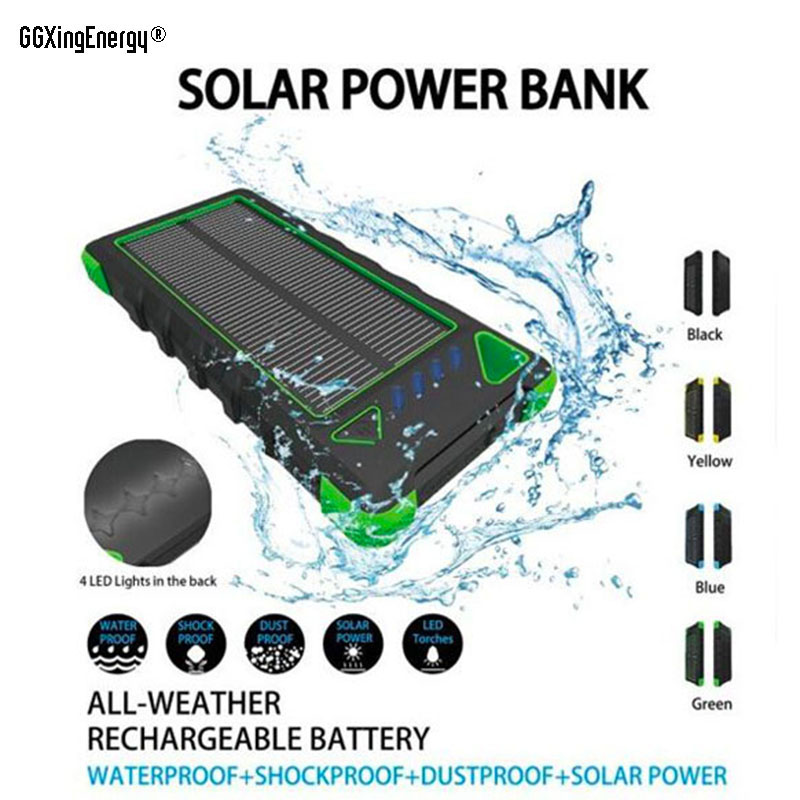Unlocking the Secrets of Solar Chargers: How Do They Work
2024-05-28
Solar chargers have revolutionized the way we power our electronic devices, especially when we're away from traditional power sources. These handy gadgets harness the power of the sun to keep our phones, tablets, and other portable devices charged and ready to use. But how does a solar charger actually work? Let's dive into the science and technology behind these remarkable devices.
The Basics of Solar Chargers
At its core, a solar charger is a device that converts sunlight into electricity. It consists of three main components: the solar panel, the battery, and the charging ports or cables.
Solar Panel: This is the part of the solar charger that captures the sun's rays. It's made up of photovoltaic cells, which are special materials that can convert sunlight into electricity.
Battery: Once the solar panel converts the sunlight into electricity, it's stored in the battery. This battery serves as a reserve of energy that can be used to charge your devices.
Charging Ports/Cables: Finally, the solar charger has one or more charging ports or cables that allow you to connect your devices and transfer the stored energy from the battery to your device's battery.
The Working Mechanism
The working mechanism of a solar charger can be broken down into three main steps:
Absorption: When sunlight hits the solar panel, the photovoltaic cells absorb the photons (particles of light). These photons knock electrons loose from their atoms, creating a flow of electricity.
Conversion: The electricity generated by the photovoltaic cells is in the form of direct current (DC). However, most electronic devices require alternating current (AC) to charge. Therefore, the solar charger contains a converter that converts the DC electricity into AC electricity.
Storage and Use: The converted AC electricity is then stored in the battery. Once the battery is charged, you can connect your device to the solar charger using a USB cable or other compatible connector. The solar charger then transfers the stored energy from the battery to your device's battery, allowing it to charge.
Factors that Affect Performance
The performance of a solar charger can be affected by several factors:
Intensity of Sunlight: The stronger the sunlight, the more efficiently the solar panel can convert it into electricity. This is why solar chargers work best on sunny days.
Angle of the Solar Panel: The solar panel should be positioned perpendicular to the sun's rays to maximize its absorption. If the panel is tilted or angled away from the sun, it will absorb less sunlight and produce less electricity.
Size and Efficiency of the Solar Panel: Larger solar panels and those with higher-efficiency photovoltaic cells can convert more sunlight into electricity, resulting in faster charging times.
Battery Capacity: The capacity of the battery determines how much energy can be stored and used to charge your devices. A larger battery capacity means more charges can be obtained before needing to recharge the solar charger itself.
Conclusion
Solar chargers are a great way to harness the power of the sun and keep your electronic devices charged when you're away from traditional power sources. Understanding how they work and the factors that affect their performance can help you choose the right solar charger for your needs and maximize its efficiency. Whether you're an outdoor enthusiast or simply looking for a sustainable way to power your devices, solar chargers offer a convenient and eco-friendly solution.



